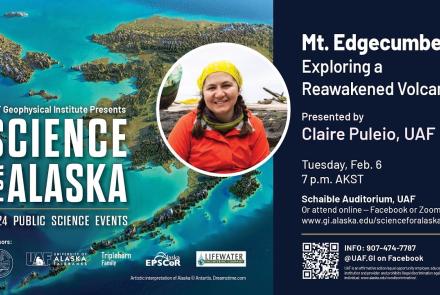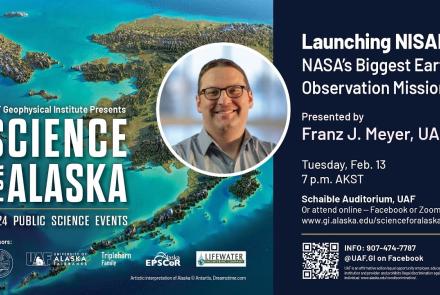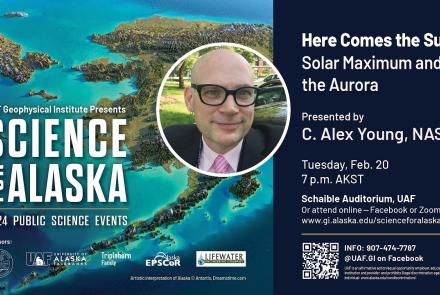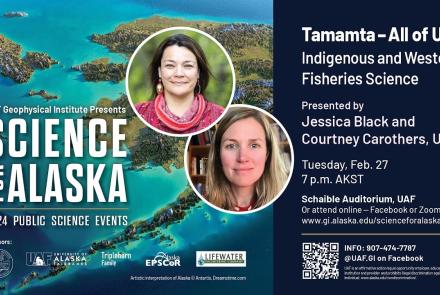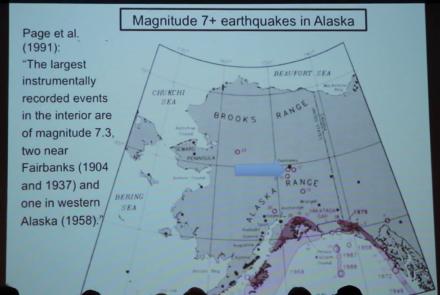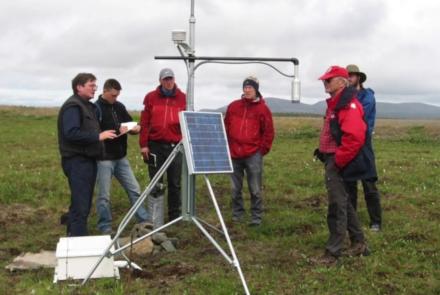Alaska Changes as Seen from Space: Leaf Miners, Beavers & Rusting Rivers
(Located in the Bunnell Building, 1764 Tanana Loop. Nearby parking: Bunnell Building, Bursar's Office, and Usibelli Building. Parking is always free after 5 p.m.)
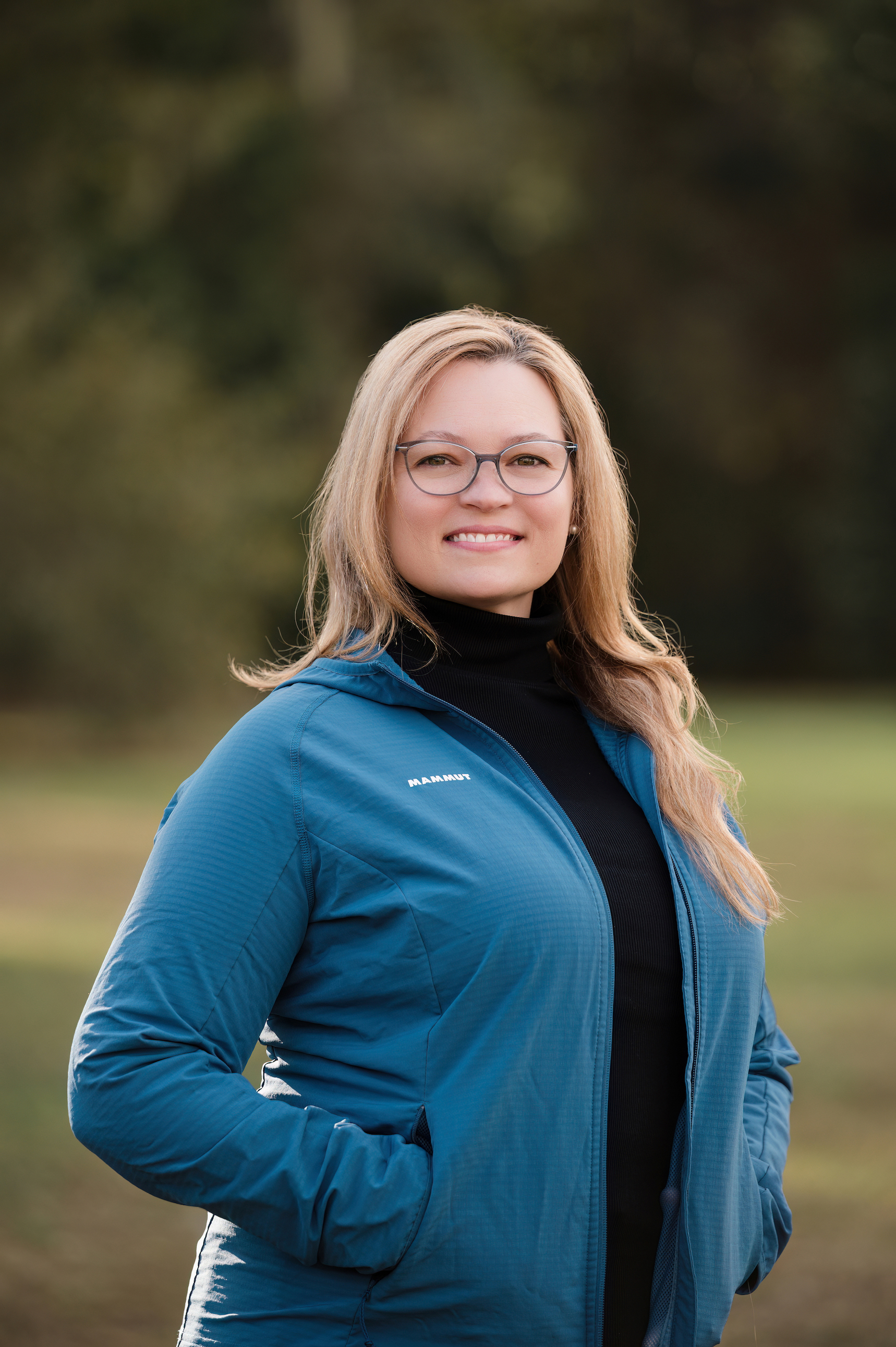
Doctoral Student
Geophysical Institute, University of Alaska Fairbanks
Alaska’s vast, harsh environment creates challenges for field scientists investigating the impacts of climate warming. In the race to understand how the Last Frontier is changing, remote sensing of the Earth’s surface is a powerful tool for studying landscapes. Join graduate student researcher Emily Graham as she explores three Alaska problems and the innovative ways remote sensing is helping to tackle them.
- Each summer, invasive leaf miners eat through great swaths of birch foliage, leaving unsightly damage and weakened trees in their wake. Could their dining habits help us detect infestations from space?
- Beavers are rapidly moving into the Arctic tundra. NASA’s aircraft-mounted imaging radar, UAVSAR, is advancing our understanding of how their ponds may alter the surrounding permafrost.
- Puzzling orange stains are showing up in Alaska’s northern rivers. The need to study this alarming phenomenon is urgent. We are harnessing the power of machine learning to detect rusting rivers hidden within vast satellite datasets.
Remote sensing is transforming our understanding of changes in Alaska. The solutions to these and other challenges might be found in these signals.
Want to join virtually instead? Register on Zoom or watch live from the UAF Geophysical Institute Facebook page. You can also join the 2025 event on Facebook for updates.
Learn more about Science for Alaska talks: https://www.gi.alaska.edu/scienceforalaska

